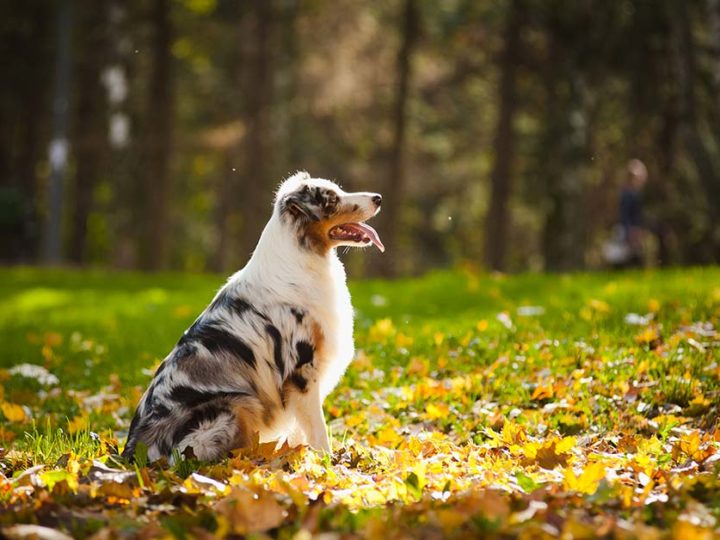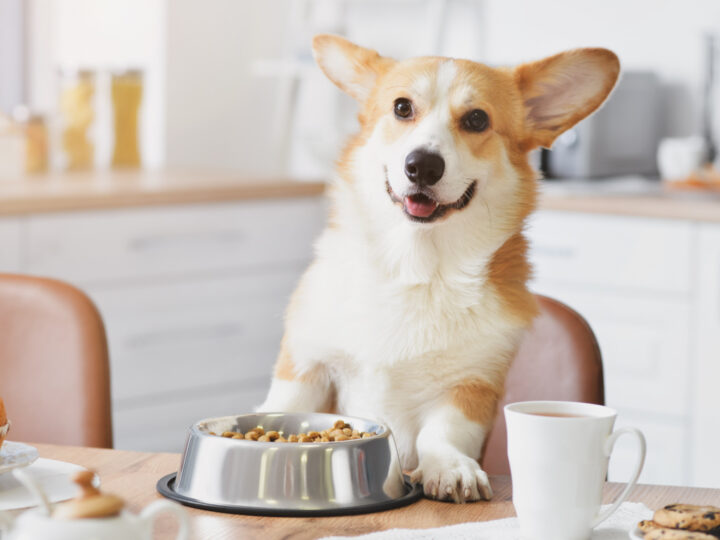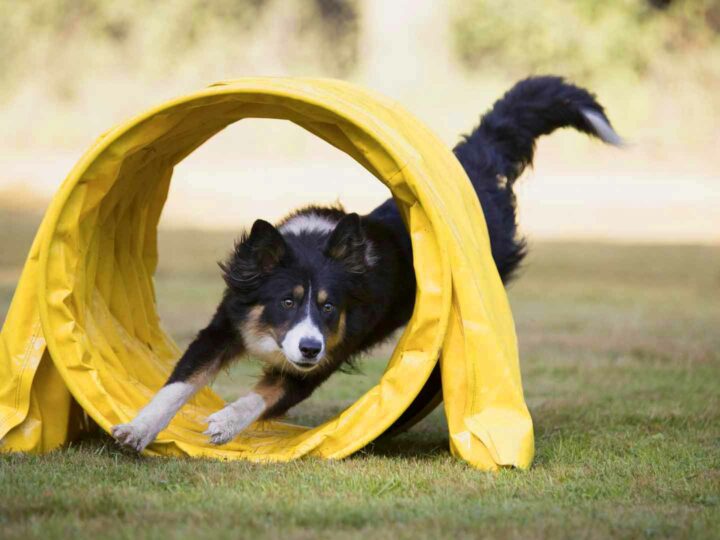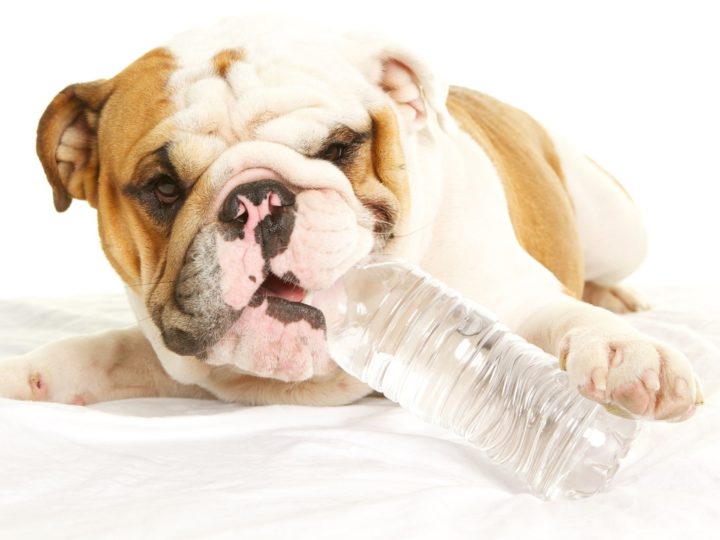
“The dog, in life the firmest friend, The first to welcome, foremost to defend”
The poet Lord Byron reminds us of this, and we know that the friendship between human and dog is one of the deepest and long-lasting bonds we can establish. From faithful companions to tireless guardians, dogs have earned a special place in the homes and especially in the hearts of their owners.
But how long can the road shared with our four-legged hearts be?
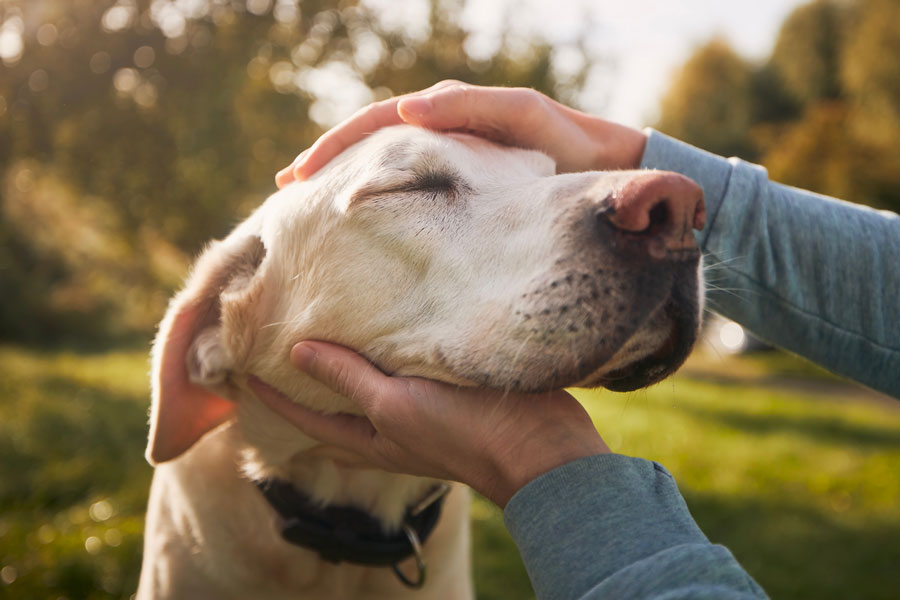
Having a dog is an indelible part of our lives that we will remember forever.
Among the many positive aspects of having a dog as a life partner there will always be an inevitable and difficult issue to face: our life expectancy is longer than that of our furry friend.
The most important thing in every relationship, however, is always to think about and to take care of all those moments of love, happiness and affection to spend together with our faithful companions, creating unforgettable memories and emotions.
Let’s find out together which are the aspects influencing the lifespan of a dog, with some tips for taking care of them at the best.
Dog’s lifespan: 6 factors influencing his longevity
Dog’s longevity factors can be different, for example: the breed, the lifestyle but also, unfortunately, the onset of unexpected diseases. Precisely for this reason we have to pay attention to the signals that our furry friend sends us, so that we can respond promptly to his needs.
Dog’s breed and genetics influence his lifespan
Some breeds notoriously have a longer lifespan unlike others which by their nature are less long-lived.
According to some studies, small-sized dogs such as Chihuahua, Pomeranian and Jack Russell Terrier often have longer life expectancies than large-sized breeds, reaching 15 years or more!
The reason? Researchers found an answer which may be connected to human intervention: large dogs grow a lot in just a few months with a faster pace of life in order to reach weight and size corresponding to the characteristics of their breed. This can lead to a greater predisposition to health problems related to old age. So, size matters!

Dogs’ breed and size are among the main factors related to their longevity.
Genetics also plays a significant role: some dogs can inherit predisposition to certain genetic diseases such as arthrosis or epilepsy, and this negatively influences their longevity.
Medium, large and giant breeds including the German Shepherd, the Retrievers, the Rottweiler, the Cane Corso, the Boxer, like all Molossers in general, are those with the greatest risk of being subject to Hip Dysplasia, a hereditary disease that causes excessive bone cartilage wear out and causes walking difficulties. Hip dysplasia is determined by genetic, environmental and nutritional factors.
Let’s remember that, as in many other pathologies, an early diagnosis allows us to identify the disease at its onset, allowing us to monitor his trend and to counteract its development. In fact, the first symptoms of dysplasia can already be detected at the puppy’s 4 months of age; we therefore recommend carrying out all the necessary visits in the first few months of your furry friend, so that you can face life with him more peacefully.
In general, it is possible to state that beyond 8-10 years, the period from which he’s considered an elderly dog, large breeds are more likely to suffer from bone diseases, while small dogs are more exposed to heart diseases.
Cardiac pathologies can be congenital if present from birth or acquired if they occur during life, while nervous system diseases can be degenerative and can cause serious motility and movement problems.
Life expectancy with the right nutrition
Nutrition is the key to a healthy and balanced lifestyle.
There are some steps to take into consideration to establish healthy eating habits:
- Organization: let’s allocate a quiet place to the dog, his personal “restaurant”! Choosing an accessible and comfortable place where our furry friend can enjoy his food is important. Furthermore, identifying fixed meal times will help him create good habits and have a regular metabolism;
- Hydration: water for dogs, as for us, is essential for many physiological functions, especially in warmer periods. Therefore, make sure you always leave him an available bowl with fresh and clean water;
- Varied diet: nutrition must be balanced and complete, to give our puppy all the nutritional elements he needs. Sometimes the temptation to show affection towards our four-legged friend with tasty food is strong, but we must always keep in mind that it is necessary to feed him correctly by providing him with a healthy and balanced diet, rich in nutrients that satisfy his needs.
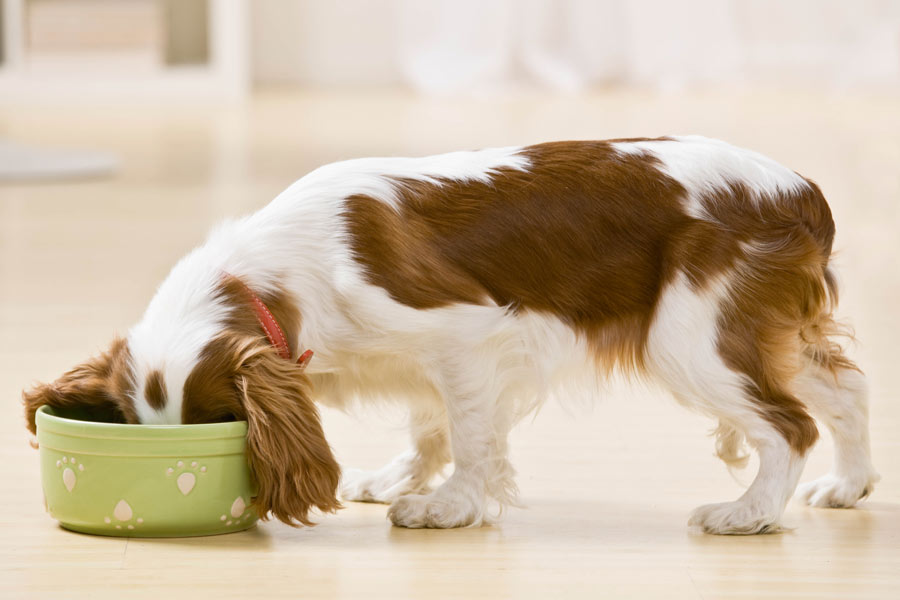
A healthy and balanced diet is one of the secrets for a healthy dog.
Life expectancy with the right physical activity
Healthy exercise is good for humans and this also applies to our dogs. Each breed has different needs when it comes to physical exercise, so let’s make sure we give our furry friend the right amount of time for playing, taking walks and running. Physical activity not only helps keep him fit, but it also helps him stay stimulated, involved in our lives and allows us to strengthen more and more our bond by sharing a passion together.
Then there are some specific activities, real sports disciplines, that we can do together:
- Agility Dog: let’s imagine our puppy speeding through an obstacle course like a true champion! He will test himself, showing his agility and intelligence in trying to overcome obstacles in the shortest time possible. This activity, which is very dynamic, helps the dog develop coordination, balance, listening and it also reduces impulsiveness;
- Dog Balance Fit: our four-legged friend will be able to test his coordination while having fun doing exercises on balance equipment. It will not only improve his proprioception, but also his brain training;
- Dog Trekking: if we prefer a walk in the middle of nature, a different way to share free time with our furry friend, dog trekking is perfect to discover new adventures together with him, including walks in the woods and excursions in the mountains.
If none of the above activities are right for you, no worries: in addition to those above mentioned there are many other sports to do together, some more dynamic such as Hoopers, Treiball, Canicross, Dog Dance, and others more focused on listening and cooperation like Obedience or Rally Obedience. The important thing is to have fun together doing something you like.
Brain games help the dog live longer
From an early age, playing is not just a pastime, but also an important tool for learning. Fun has no age and, even during the adult phase, moments of leisure are essential for maintaining the dog’s physical and mental well-being.
Interactive games, enigma to solve and activities testing his intuition: these playful exercises are like a gym for his mind, suitable for stimulating his intelligence and cognitive ability, keeping him young and long-lived. Boredom, in fact, can lead to negative behaviors, such as apathy, depression or state of discomfort. Therefore, ensuring a constant flow of mental stimulation is essential for their long-term health.
We can experiment many activities to satisfy this need:
- Mobility Dog: is an educational activity in which the dog must overcome a series of obstacles which are metaphors of situations that could arise in everyday life. It is therefore used to accomplish simulated experiences in order to improve proprioception, self-esteem and self-efficacy, as well as balancing attention and concentration;
- Problem Solving: is an educational-pedagogical activity where there are tools, with something hidden inside, and the dog must understand how to reach the prize, for us it’s like a small rebus to solve! This activity has multiple benefits, including improving self-esteem, raising the stress threshold, managing frustration and developing calm, as well as preventing brain aging and reactivating older subjects. In fact, it is a recommended activity for all ages!
- Olfactory and research activities: these are activities based on the real dog’s superpower, that is to say the smell! Here you can range from simple activities, which can also be done at home, such as searching for hidden treats or using olfactory games, to more complex activities such as the Scent Game, in which the dog, thanks to his olfactory abilities, will have to recognize the smells of different substances and then search for them inside sequences of boxes or containers. Or Mantrailing, a research activity in which the dog firstly identifies the olfactory imprinting of a person and then he’s taught to follow this specific scent trail.
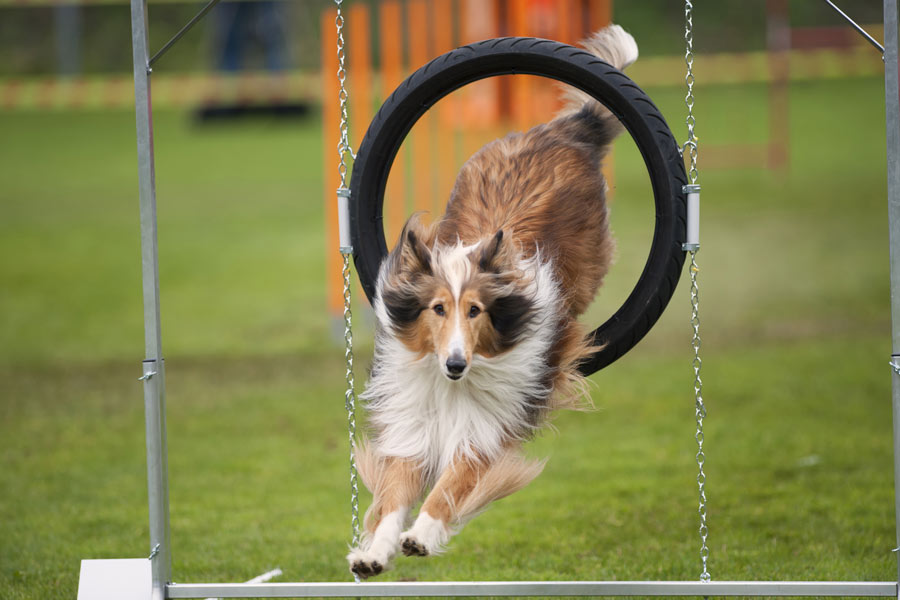
“A healthy mind in a healthy body” also applies to them!
Prevention and vet care are important to live longer
Prevention is better than cure and there is nothing better than enjoying time together without worries.
That’s why we should consider regular health check-ups with the vet as a regular commitment. This is not just a formality, but a way to ensure that our dog is always perfectly healthy. During the various checks, the specialist could promptly identify potential pathologies. In fact, some diseases, such as metabolic or parasitic ones, can be silent and asymptomatic in the early stages; therefore, through a preventive screening, we will be able to guarantee a better quality of life to our dog.
Daily hygiene and dog grooming
Even for our trusted four-legged hearts, the skin is the largest organ in the body, it covers and protects the other organs, its absorption power is 5 times stronger than human skin and it renews approximately every 21 days: it is therefore essential to preserve dog’s health. Both the skin and the coat, the latter is the skin’s first defense, have as functions the protection from external agents and the thermoregulation of the body.
Here are five quick tips to always keep in mind:
- Brushing the fur daily helps prevent tangles, knots and accumulations of dirt;
- Washing your dog often is good for his hygiene; remember that with Yuup! products, created with natural ingredients and specifically conceived for his well-being, we can do it every day!
- Cleansing the eye contour regularly with the Eye Contour Cleansing Lotion is important, because it is a very delicate area that must be kept clean by eliminating impurities and secretions.
- Ear cleansing: by using the Ear Cleansing Lotion we will guarantee an antibacterial, analgesic, antiseptic, antimicrobial and purifying action against the formation of bad smells;
- Don’t neglect his teeth: oral hygiene is essential for his overall health.
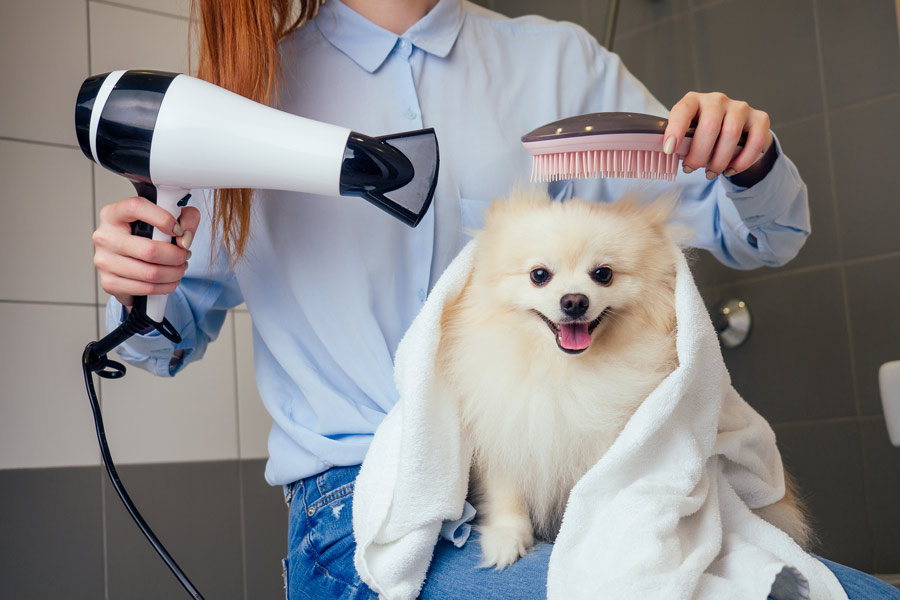
A clean and well-groomed coat will make our dog feel protected.
How long does a dog live? Not only biology
In addition to biological causes, a dog’s longevity can also depend on other factors. A stimulating environment, combined with our constant attention and affection can have a significant impact on Fido’s life expectancy
A safe environment can help the dog live longer
A habitat that offers comfort, safety and affection is essential for the well-being of our four-legged friend.
It is important to eliminate or place dangerous objects out of his reach. Let’s pay attention, for example, to products with harmful chemical substances, sharp objects or plants that are harmful to his health. If he is accustomed to live indoors, we should also consider the use of specific fences or safety devices to prevent accidental escapes. The garden or courtyard must also be secured, avoiding as much as possible creating an environment with potential dangerous situations.
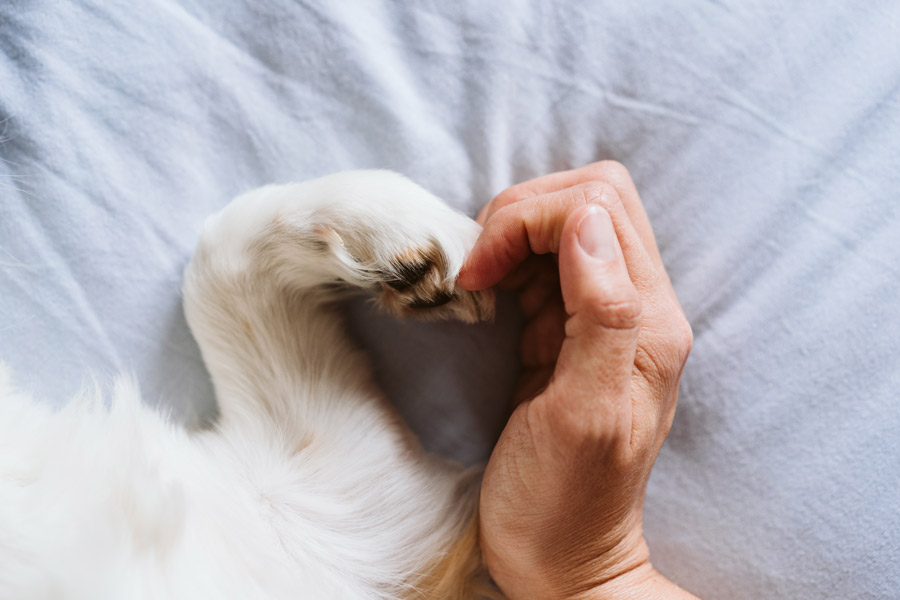
The bond between us and our dog is one of the deepest relationships that can exist.
There’s nothing more important for a dog than the love and the attention of his best life partner, us!
Let’s spend time playing, cuddling and interacting daily with our four-legged heart.
Taking care of a dog is an affectionate responsibility that requires commitment, attention and dedication. Dogs, as full members of the family, deserve adequate care to guarantee them a long, happy and healthy life. They will reward us with an unequalled dose of love and loyalty.
Article written with the consultancy of Chiara Festelli, Dog Trainer.




